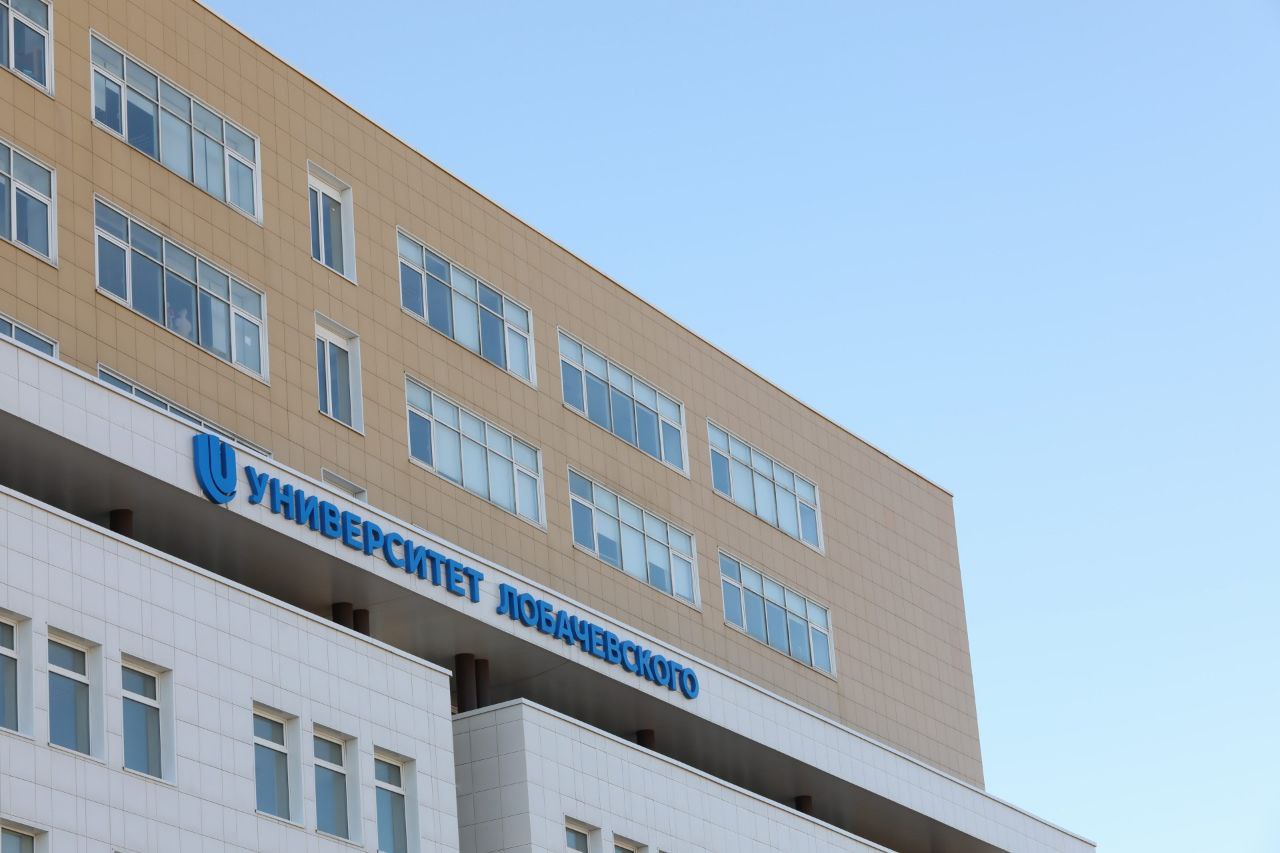Article by UNN scientists published in prestigious journal

Researchers at the UNN Laboratory of Stochastic Multistable Systems (StoLab), led by Professor Bernardo Spagnolo, have contributed to a major review paper on the stochastic nature of resistive memory devices (memristive devices). The paper "Variability in Resistive Memories" appeared in one of Wiley Publishers’ leading journals, Advanced Intelligent Systems (impact factor - 7.298 (Q1), JCR 2021). It was prepared together with leading researchers in the field, including Professor Leon Chua of the University of California, Berkeley, who first defined the memristor as the missing element in electrical circuits back in 1971.
Stochastic nature or variability of electrical parameters is an inherent property of memristive devices as a consequence of a complex combination of physical and physicochemical phenomena that are responsible for the adaptive change in the conductivity of the device when an external electrical input is applied. The main sections of the article include experimental evidence of cycle-to-cycle variability of resistive switching parameters for popular types of memristive devices based on metal-oxide nanostructures and two-dimensional materials. The authors also present physical models describing in detail the dynamics of microscopic transport phenomena (classical and quantum), stochastic models and behavioural models which aim not just to adequately describe the stochastic nature of the memristor but also predict its rich response based on statistical analysis of big experimental data. Such models are very much in demand at the current stage of development of memristor technology. They are required to design both functional units (memristor cells and elements) and large integrated circuits when developing a new generation of data processing and computing systems.
A special class of models, which was proposed by the UNN team, is based on modern methods of statistical physics that take into account (in a thermodynamically correct manner) the internal (thermal) noise of the memristor. The analysis of such models showed the presence of phenomena with a constructive role of noise, such as stochastic resonance and resonant activation. The results of the modelling have been compared with other known models and experimental data obtained for CMOS compatible metal-oxide-metal devices. Work in this direction is being carried out at Lobachevsky University as part of the research programme of the National Centre for Physics and Mathematics ("Artificial Intelligence and Big Data in Technical, Industrial, Natural and Social Systems").
Full link to the article:
Variability in resistive memories / J.B. Roldán, E. Miranda, D. Maldonado, A.N. Mikhaylov, N.V. Agudov, A.A. Dubkov, M.N. Koryazhkina, M.B. González, M.A. Villena, S. Poblador, M. Saludes-Tapia, R. Picos, F. Jiménez-Molinos, S.G. Stavrinides, E. Salvador, F.J. Alonso, F. Campabadal, B. Spagnolo, M. Lanza, L.O. Chua // Advanced Intelligent Systems. – 2023. – P. 2200338. DOI: 10.1002/aisy.202200338



